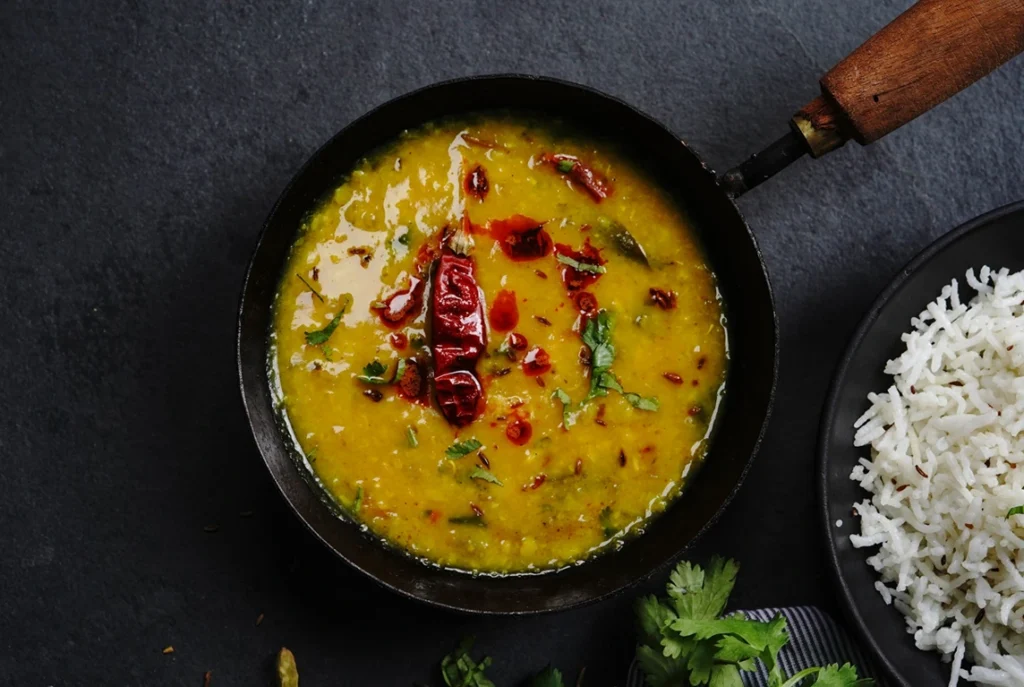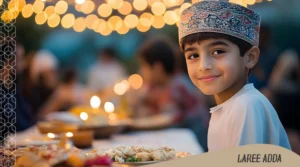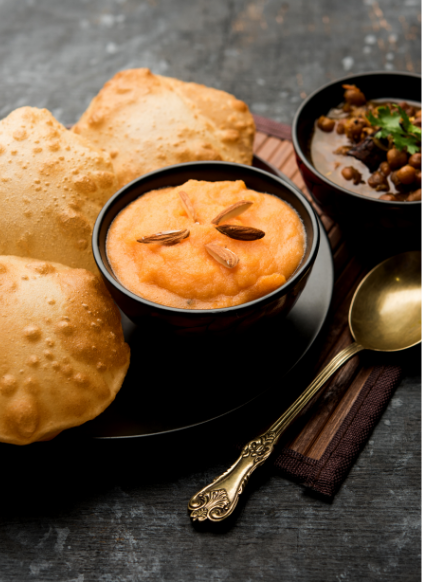Daal Tarka: A Vegetarian Delight
We all enjoy a dash of Tarka in our food. Bringing that perfume and finishing touch to our dishes enhances flavor and counteracts anything plain. It does, however, have several health advantages. Daal Tarka is the centerpiece of Indian kitchens because of this. Ghee, hing, jeera, garlic, curry leaves, and mustard seeds are essential ingredients used in Tarkas, and they significantly contribute to improving digestion and avoiding bloating.
Let’s admit it, a plate of daal-chawal epitomizes comfort for any Indian across the globe! Daal is one of the most common meals that one would find in every regional and sub-regional food culture of Indian cuisine. But the “Tarka” added to a bowl of dal gives it a distinctive regional flavor. If you research, you will find every state has particular herbs and spices to add flavors and scent to the boiled dal – Pakistani Daal add nigella seeds, whereas some like using hing-jeera for tarka.
Table of Contents
Different types of Daal
Even with the most fundamental understanding of pulses, you can prepare various daal recipes with flavors you’re already accustomed to.
Whether you have cooked dal before, we have the 5 fundamental dals to get you started!
Chana Daal
The pulse next to Chana Daal is recognized as split Bengal gram or split chickpeas. Chana daal typically comes deskinned and resembles extremely tiny chickpeas. The nutty flavor of the lentil pairs well with spice for a hearty and soothing meal.
While turmeric, chili, garam masala, and tomato, cook in a pot with your split Bengal gram and heat a pan with oil, cumin, mustard seed, chopped garlic, and dried red chilies. Combine the two mixtures before your daal is thoroughly cooked and your garlic browned. Enjoy your Chana daal in a bowl with lemon juice and chopped cilantro.
Masoor Daal
Masoor Daal is among the most widely used varieties of lentils! Masoor daal is made from whole or split red lentils, best known for their quick cooking time and mild, subtly sweet flavor. Since soft split red lentils are great in soups and curries. Despite being prepared similarly to chana daal, masoor daals have a different flavor due to the natural flavors of the pulses.
Mung (moong) Daal
We are progressing through the rainbow. Mung dal is a problematic pulse to categorize. Mung beans are known as mung dal and resemble yellow split peas when split. Whole mung beans are green. In either case, the pulse produces a dish that tastes earthy and buttery and is loved by all.
Sesame oil, shallots, garlic, ginger, turmeric, and mung dal are frequently used in their preparation—alternatively, tadka (or temper) the spices in heated oil before cooking everything.
Urad Daal
Black gram lentils are the source of urad dal’s pulses. The flavor of urad daal is noticeably earthier when utilized whole instead of split and peeled.
You can use garlic, fresh ginger, shredded coconut, curry powder, chopped tomatoes, and a squeeze of lemon to make a thick, cooling, and lightly flavored urad dal.
Toor Daal
One of the most popular daals in India is toor dal, also referred to as split yellow pigeon peas. Toor daal is excellent daily since it can be prepared and served relatively quickly, much like chana daal.
In the Daal Tarka you make for your toor daal, you can include ingredients like cumin seeds, garlic, red chili powder, and others. We highly advise adding turmeric powder to enhance the already yellow dal and give some more health advantages.
Here are 5 Ways of Adding Tarka to Dal:
Straightforward kalonji Tarka
Kalonji, red chili, and sliced tomato are used in this tadka recipe to add tarka to a bowl of boiling dal (preferably masoor). For a deep flavor, temper the spices in mustard oil.
Jeera-hing Tarka
You can add one of the most well-known Daal Tarka recipes to any daal you like, including moong, masoor, urad, arhar, etc. The hing, cumin seeds, and red chili need only be toasted in a dollop of oil before being added to the cooked dal. Mix in some grated ginger.
Dhaba-style Tarka
This type of Tarka is often used in recipes for North Indian dal tadka or daal fry. To the thick, boiling dal, a mixture of spices and butter or ghee is added to give it a rich, decadent flavor. This recipe combines boiled Daal with sautéed onion, tomato, ginger, garlic, chilies, cumin, hing, coriander powder, red chili powder, and other spices. The finest way to enjoy this Daal is to serve it with freshly chopped coriander leaves and a dollop of butter or ghee.
Soury mustard seed Tarka
It is typically added to a bowl of Daal to cool the body down during the summer. Red chilies and mustard seeds are tempered with a sour component. Lime juice, tamarind pulp, raw mango, and kokum are the most popular ingredients.
Sambar Daal Tarka
There is a devoted following for this Daal in South Indian cuisine all over India. Thanks to the many local spices employed, this recipe offers a flavorful explosion to our tongue. There are several other sambar recipes, but the most popular Tarka for this dish includes mustard seeds, curry leaves, tamarind pulp, sambar masala, and red pepper flakes.







